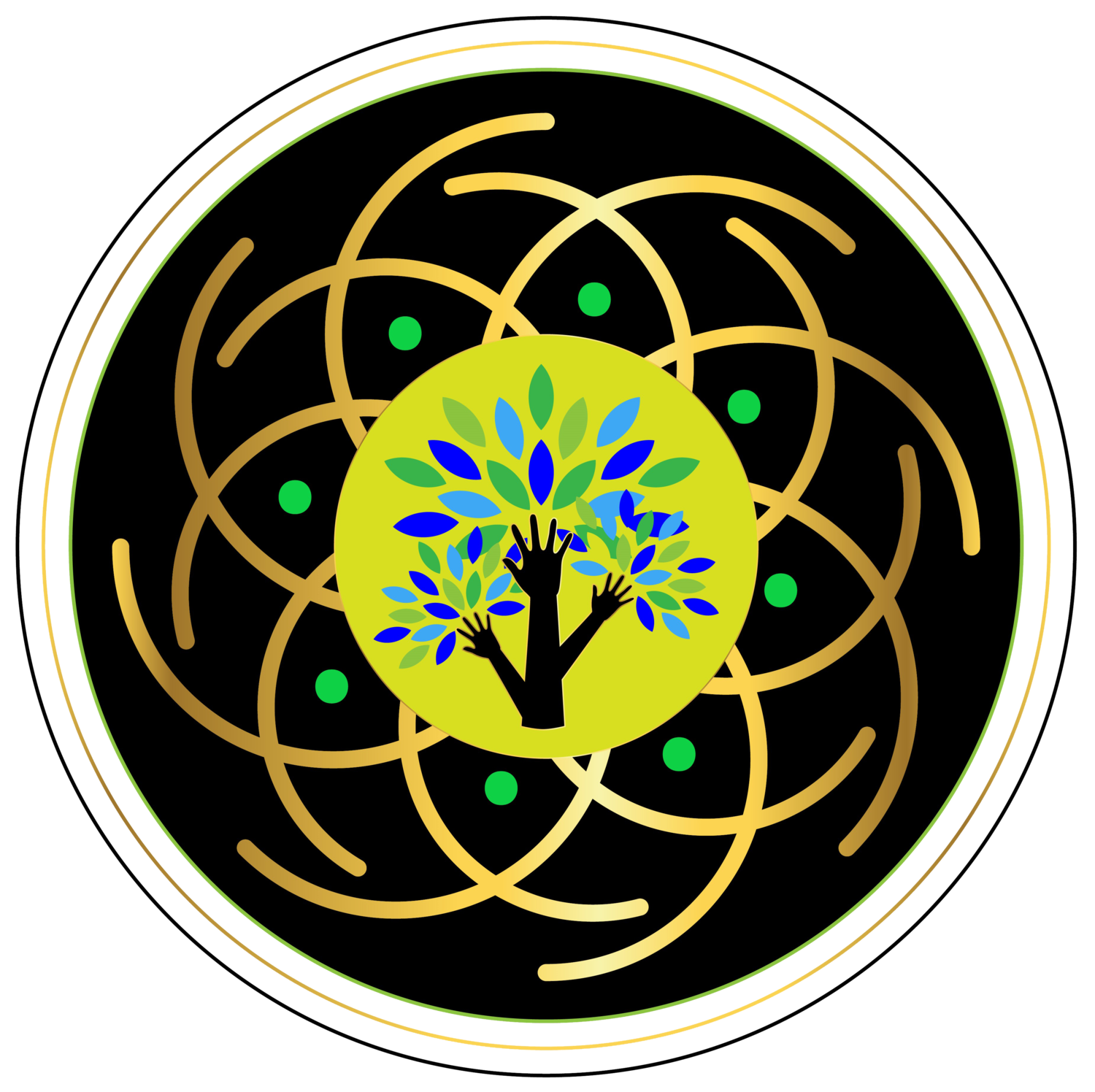Goals: Planning & Working Backwards
Let’s face it, pursuing our goals can be challenging. No one else knows exactly what we’re going through and how difficult or outlandish our goal may be. Do they even know how hard we are working?
How on earth can we conquer these seemingly colossal goals we have before us?
The fact of the matter is, yes we must work hard, but we also need to work SMARTER.
The starting point for getting started on a goal is knowing your WHY and taking a holistic approach to the goal setting / achieving. There is much more than just hitting the number, you must have a purpose.
Identify your goal: Is this goal your own? Is it given to you from someone else? This could be a boss, coworker, teacher, parent, etc.
Why is this goal important? It is essential to start with the why, the purpose. This is the fuel for the fire. This is what you will return to when the going gets tough. When you want to quit, you remember why you started. You remind yourself why this is important to do, and why it is essential that you keep moving forward.
While all goals are not created equally, it can be helpful to break them down into short, medium, and long term goals. This can not only help you prioritize urgency, but it can help track progress.
There are two methods that I find helpful for successful goal setting that I have found:
Planning out the track (the course we see)
Working backwards, ie reverse engineering the goal (the deeper work)
Planning:
I personally find it immensely helpful to create a clear vision of the goal and then create a plan for the duration of the goal. For example:
Let’s say that you want to bike 900 miles in this 30 day month because you want to start training for a bike race. Now, you can simply bike 30 miles per day and you will get there perfectly (900/30=30). But, let’s say that you look at your calendar and see that you will be traveling 3 of those days, or maybe you want a rest day each week. Now we have a more clear framework to work from.
With these 7 days accounted for (3 travel days + 4 rest days), you have 23 days to work on this goal at about 39 miles per day.
Had we simply gone into the month without a plan, it may be easy to reach the travel days, or the rest days and feel completely lost and have the desire to quit. When we look ahead and notice what may trip us, we can create the roadwork to avoid these pitfalls.
Reverse Engineering:
This is where we get beyond the straight planning phase and move more into the personal development facet of goal setting.
Using the bike example- your goal is to ride 900 miles this month to prepare for a bike race.
You may ask yourself questions like:
What does a championship cyclist do each day to prepare?
How does a championship cyclist think?
What do they eat?
How do they sleep?
This is where you start asking the deeper questions. This is where the reverse engineering comes into play.
We identify the traits that successful people in our craft have and we begin working to implement those into our own life. We see what the person at the finish line looks like, and we hone those skills ourselves.
A successful person is much more than the visible feat they accomplish in the public eye. This is why we must take the holistic approach to goal setting. Find your why, create a plan, and emulate success.
Working with a holistic lifestyle coach can be immensely helpful in creating a lifestyle that properly fuels the goal you are working towards, equipping you with tools and strategies to guide you in the direction you desire.
Learn more about holistic lifestyle coaching.
Follow Whole Health Connections on Instagram, Facebook, and YouTube for all the latest.

